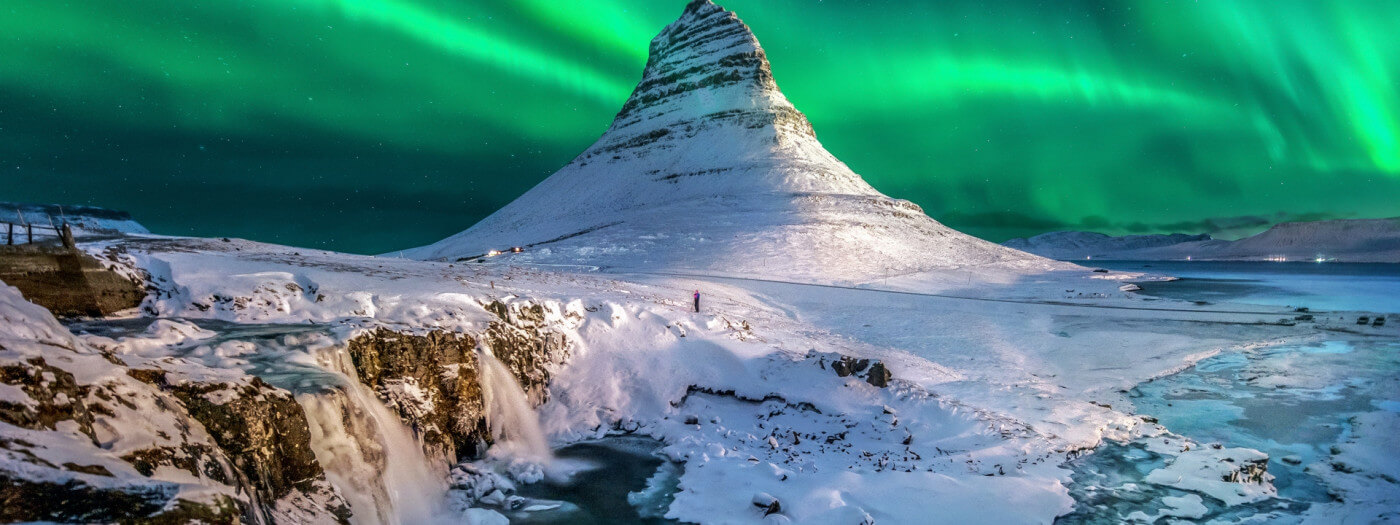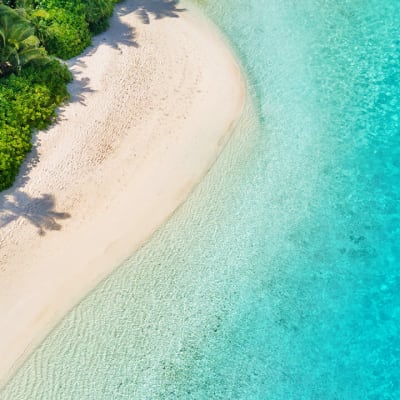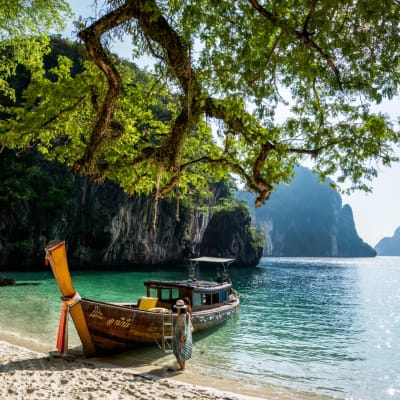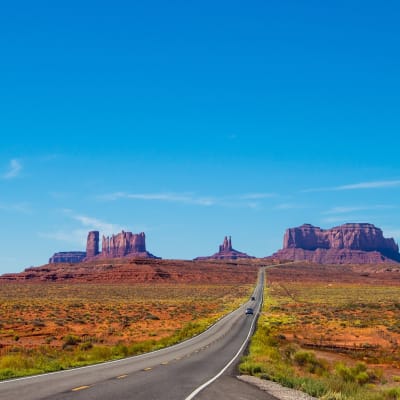Where To See The Northern Lights
The Northern Lights, also known as the Aurora Borealis, is a natural phenomenon of colourful light displays in the night sky. Spotting the Northern Lights is an experience that ranks high on many bucket lists, with couples and families alike heading to these snow-capped polar regions.
Unfortunately, as Aurora hunting depends upon the Earth's magnetic poles and cloud cover, this light show can be a rare sight to witness. Using our guide, discover where to see the Northern Lights and find your favourite destination. Once selected, if you keep an eye on solar activity and aurora forecasts, you may have a good chance to witness this light show first-hand.
Which Countries To See The Northern Lights
The Northern Lights In Iceland

Iceland is one of the best places to watch the Northern Lights. Travel the famed Ring Road, discovering the lights of Goðafoss, Thingvellir National Park and Hvitserkur along the way. These destinations are some of the best locations in Iceland to see the Northern Lights, and a popular stop on Northern Lights holidays in Iceland. Or, for a more personal introduction to Iceland, witness the natural phenomenon of the Aurora Borealis from ice caves, black sand beaches and even Iceland’s iconic Blue Lagoon.
Where to see the Northern Lights in Iceland
- Goðafoss
- Thingvellir National Park
- Jökulsárlón Glacier Lagoon
- Hvitserkur
- Kirkjufell Mountain
What months to watch the Northern Lights in Iceland
From September to April.
What times to watch the Northern Lights in Iceland
From 10pm to 1am.
The Northern Lights In Canada
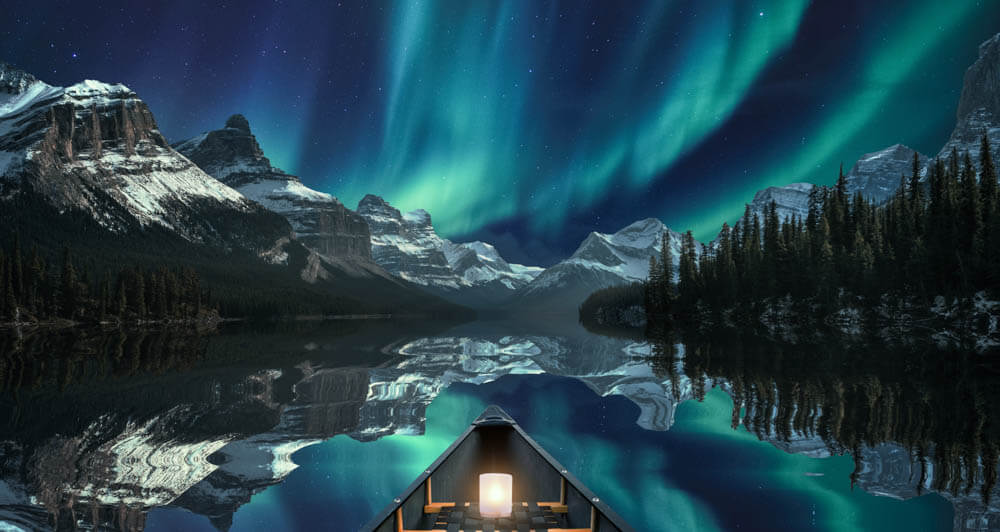
Head to the enchanting north of Canada, where glimpses of the Aurora Borealis can be seen for over 300 nights of the year. Amidst beluga whales and polar bears, Canada offers some of the most breath-taking landscapes to backdrop these natural phenomena, including the Yellowknife Northwest Territories and Jasper National Park.
Where to see the Northern Lights in Canada
- Yellowknife
- Banff
- Jasper National Park
- Northwest Territories
What months to watch the Northern Lights in Canada
From August to April
What times to watch the Northern Lights in Canada
From 10pm to 2am, with a spike at 12am.
The Northern Lights In Norway
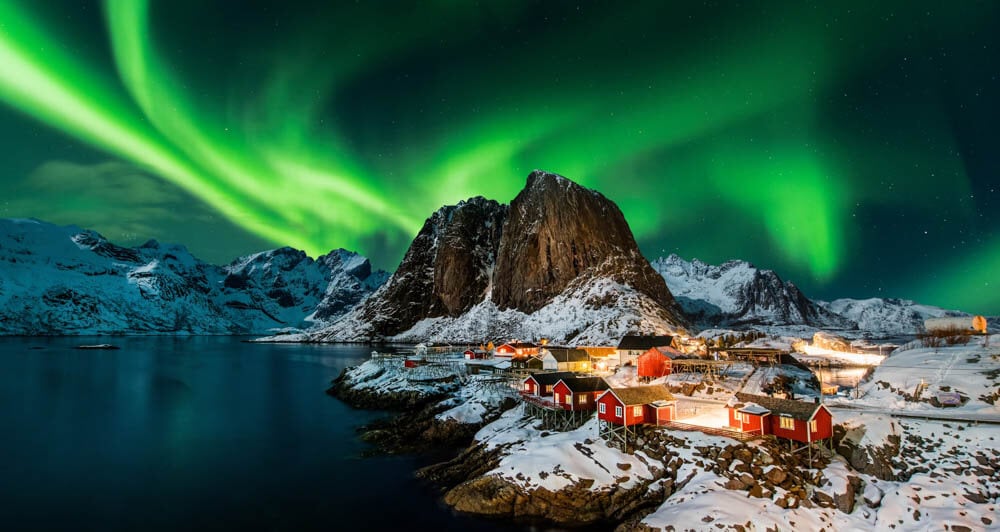
Norway offers a magical blend of snowscapes, mountainous landscapes and Arctic Circle exploration. Whether you’re a seasoned aurora-chaser or a first-time traveller, Norway offers incredible opportunities for watching the Aurora Borealis. Visit Norway for Scandinavian charm in Tromsø, secluded beauty in the Lofoten Islands or for those wishing to delve deeper into the Arctic Circle, the snow-capped islands of Svalbard.
Where to see the Northern Lights in Norway
- Tromsø
- The Lofoten Islands
- North Cape (Nordkapp)
- Svalbard
What months to watch the Northern Lights in Norway
Peak months are from March to April. Or, from September to October.
However, you will see it in November, December, January and February too.
What times to watch the Northern Lights in Norway
From 11pm to 2am.
The Northern Lights In Finland

Seeing the Northern Lights in Finland can be one of the most captivating experiences in the world, with frozen lakes, night skies free from any light pollution, and even the world-famous Santa Claus village - perfect for those once-in-a-lifetime family holidays. Maximise your chances of seeing the Northern Lights by venturing into North Finland and the Arctic Circle, also known as ‘Finnish Lapland’, where unique accommodations await in their abundance. Stay in secluded, wilderness hotels and even glass igloos.
Where to see the Northern Lights In Finland
- Lapland
- Rovaniemi
- Levi
- Pyhä Igloos
What months to watch the Northern Lights in Finland
Peak months are from September to October, or from February to March.
What times to watch the Northern Lights in Finland
From 10pm to 2am
The Northern Lights In Sweden

Sweden is renowned for its beautiful snowy wonderlands, unforgettable family holidays within the Swedish Lapland and incredible viewing opportunities of the Northern Lights. Discover incredible locations from Kiruna, the northernmost city in Sweden, or walk the picturesque trails at Abisko National Park. Or, ascend to the secluded heights of the Aurora Sky Station to maximise your chances of seeing the Northern Lights in Sweden.
Where to see the Northern Lights in Sweden
- Kiruna
- Bjorkliden
- Lulea
- Jukkasjärvi
- Abisko National Park
Best months to watch the Northern Lights in Sweden
From September to March.
Best times to see the Northern Lights in Sweden
From 9pm to 2am.
What Month To See The Northern Lights
Although the best months to the Northern Lights are during the winter months of September and March, or more specifically between October and February, peak viewing season for the Aurora Borealis varies depending on your location of choice.
Best Time To See The Northern Lights
The Northern Lights occur when the night is darkest, between the hours of 10:00pm - 02:00am. However, this can also vary depending on the geomagnetic activity and location.
